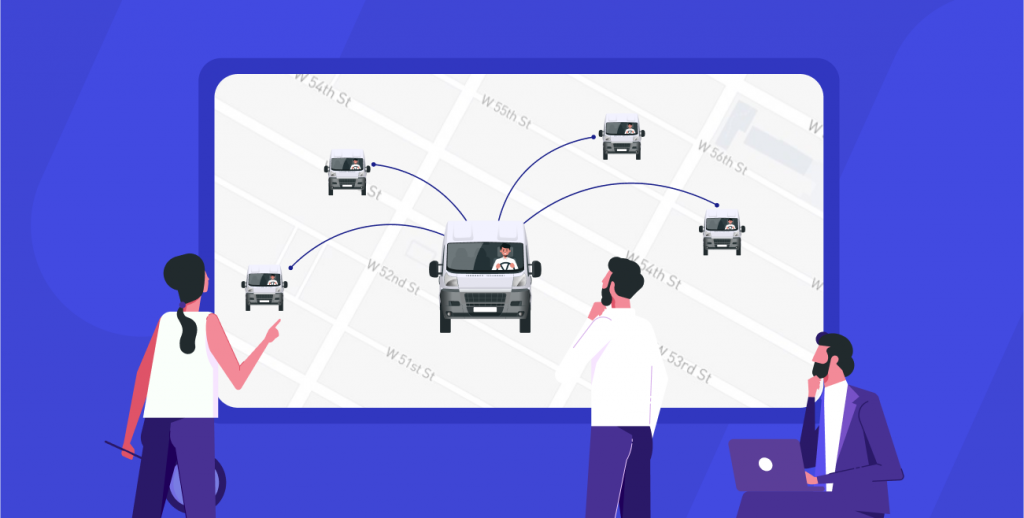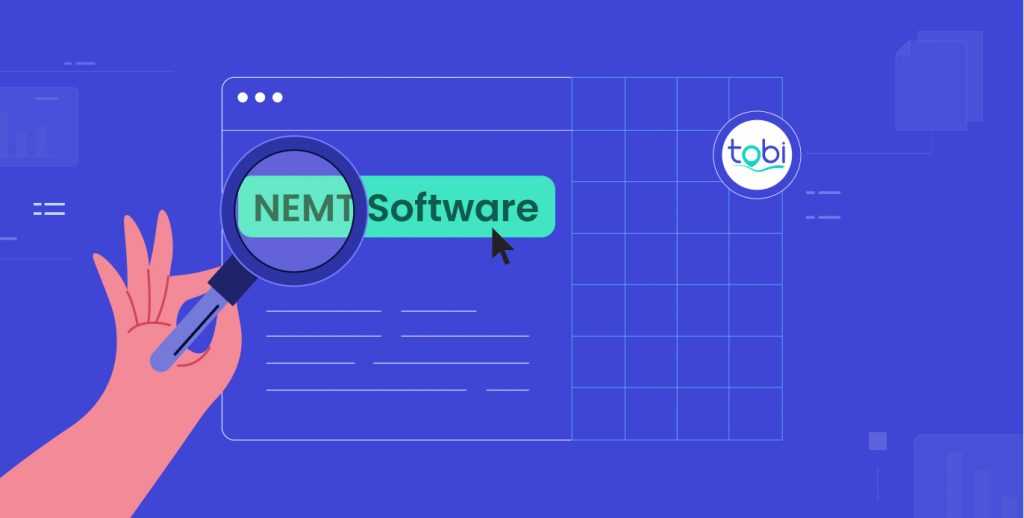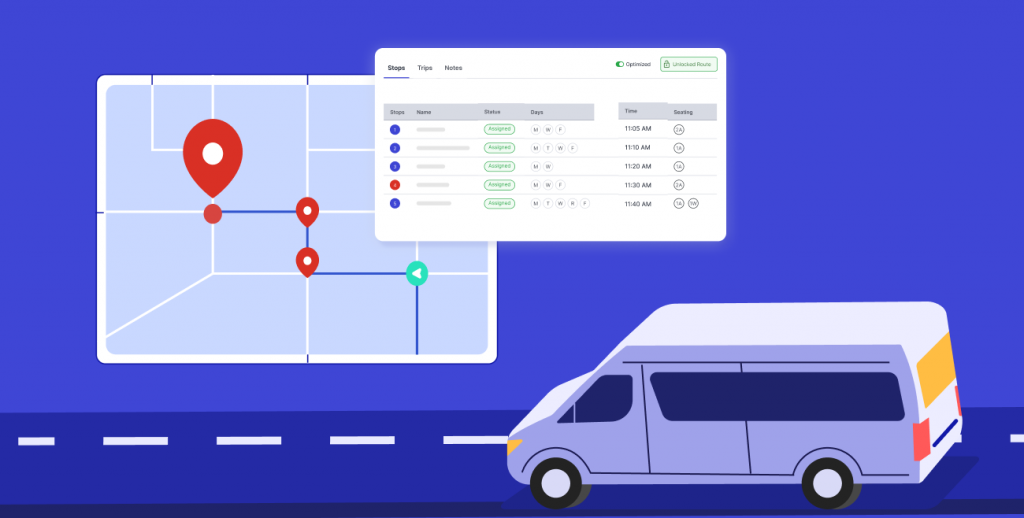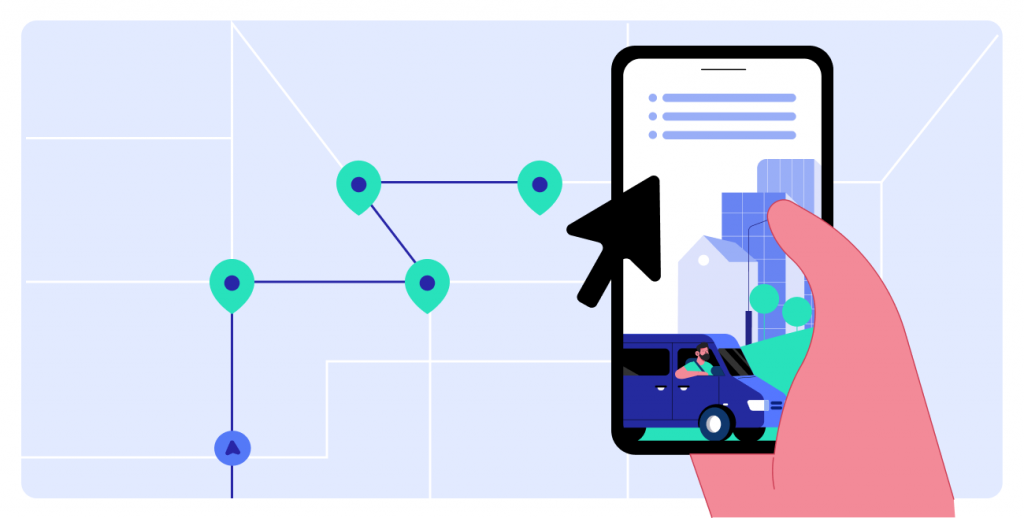Win More NEMT Contracts & Scale Faster with Better Reporting

It’s the end of the month. Your trip volumes look healthy, your drivers are on the road, and everything seems to be going well. But you’re troubled because one of your biggest brokers hasn’t been sending many rides your way. When you reach out, they say your on-time rate has slipped, cancellations have crept up, […]
Real-Time Driver Tracking Is Critical to Your Business’s Success
Imagine it is late afternoon, and your dispatcher receives a frustrated call from a rider’s family: “The driver never showed up.” Your team scrambles to check logs, call the driver, and cross-reference trip assignments. By the time they piece everything together, it’s too late, and the broker has already filed a complaint. Many growing non-emergency […]
How Poor NEMT Route Planning Eats into Your Margins

It’s 9 a.m. and your dispatcher is already buried in chaos. A rider canceled, another is running late, and one of your drivers just asked for help with a better route. You’ve expanded your NEMT operations—more trips, more drivers, more zones—but it feels like the chaos is growing with it. Dispatchers are manually juggling schedules, […]
Scaling Smarter: How Advanced Dispatching Drives NEMT Growth

Do you ever feel like you’re the only non-emergency medical transportation (NEMT) provider struggling with inefficient dispatching and routing? If so, don’t worry. You’re not alone. For businesses like yours, optimizing these processes in an industry where timely patient transport can dramatically impact health outcomes is not just an operational necessity—it’s a strategic advantage. In […]
You’re Running Multiple NEMT Fleets—But Is Your System Keeping Up?

Managing multiple NEMT fleets across different areas isn’t just complicated—it can feel like juggling without a safety net. You’ve got drivers to coordinate, trips to dispatch, billing to track, and clients to serve. The stakes are high, and without the right system, one small issue can create a ripple effect of delays, errors, and lost […]
3 Ways Advanced NEMT Software Helps You Scale Faster, Smarter

As your non-emergency medical transportation (NEMT) business grows, so do your challenges. Not only do you have more vehicles to coordinate, but you also have more drivers to manage and more trips to schedule—all with the pressure to stay compliant, efficient, and competitive. At a certain point, spreadsheets, manual processes, and outdated software can’t keep […]
Improve Efficiency and Mitigate Challenges with NEMT Route Planning

Are inefficient routes costing your non-emergency medical transportation (NEMT) business time and money? Missed medical appointments, often due to transportation delays, cost the U.S. healthcare industry $150 billion annually. Efficient route planning is crucial for NEMT providers. Delays, cancellations, and inefficiencies increase operational costs, impact patient satisfaction, and affect regulatory compliance. Manual route planning leads […]
Can an NEMT driver app transform your operations?

In the U.S., missed medical appointments can cost the healthcare system approximately $150 billion annually, with nearly 3.6 million people missing or delaying medical care each year. As the demand for non-emergency medical transportation (NEMT) increases, providers must streamline operations to improve trip efficiency, driver management, and compliance. But are optimized operations enough to ensure […]
NEMT Run Suggestions: The Key to Faster, Efficient Dispatching

According to a 2022 study, 33% of people complained of transportation barriers in healthcare due to a lack of driver or car availability. Late arrivals can lead to missed medical appointments, frustrated clients, and lost revenue. Technology can position your business at the forefront of the rapidly evolving non-emergency medical transportation (NEMT) industry. Imagine this: […]
How Automated Route Planning is Changing the NEMT Landscape

As demand for non-emergency medical transportation (NEMT) continues to rise, fleet owners face increasing pressure to optimize their operations. In the NEMT industry, patients need timely and reliable transportation to medical appointments. But, with traditional scheduling and route planning methods, providers find themselves caught in the deep end. Traditional scheduling and routing methods often involve […]